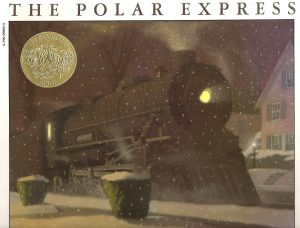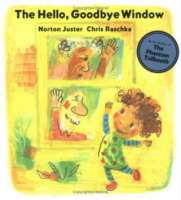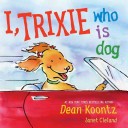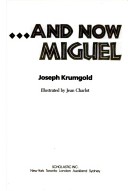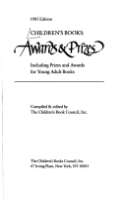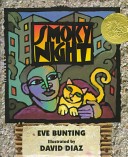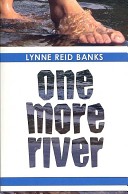
Lesley lives in Canada and thinks life is just great, she has got friends, she likes school and they are very comfortably off. But then her father makes a fateful decision, the whole family is going to emigrate to Israel and live a more fully Jewish life. Lesley is horrified and very resistant. However, once she gets to her new country and a very different life, she begins to find it stimulating and enjoyable. A strange relationship with Palestinian boy Mustafa, who lives on the other side of the Jordan river, is a big part of the new Lesley.


